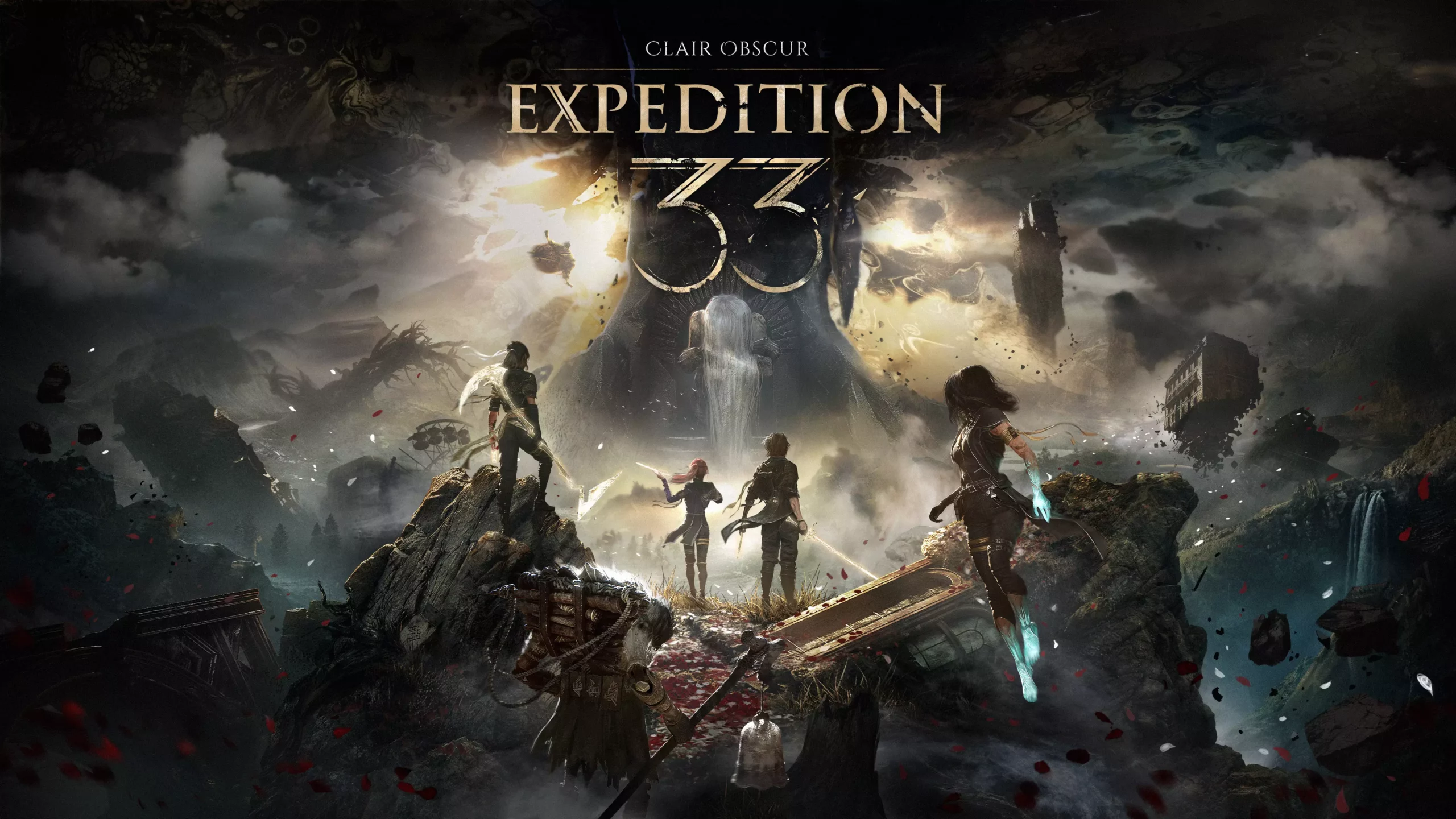There’s a striking juxtaposition between the awareness of fate and the human instinct to fight against it. In Clair Obscur: Expedition 33, this theme blossoms into a poignant narrative that centers around a small community grappling with an existential crisis. Every year, the people of Lumiere face the horrifying reality of an entity known as the Paintress, who demands a tribute in the form of lives lost, taking away those whose age matches a number painted on the town’s tower. Clair Obscur invites players into a vivid, dark world where desperation, beauty, and a desperate quest for change intersect. This is a game that skillfully blends rich visual storytelling with interactive elements, all while forcing players to confront the broader implications of mortality and hope.
As we journey through Lumiere alongside a cast of strikingly authentic characters, we are reminded of the twin shadows of grief and persistent hope. The narrative artfully captures the nuances of human emotion, particularly in the face of relentless loss. The compelling story demands engagement, pulling players into a labyrinth of fear and resolve, each choice echoing with significance. Here, the struggle against inevitability is not just an adventure; it’s an exploration of what it means to truly live in the shadow of despair.
The Adventure of Defiance
At the heart of Clair Obscur: Expedition 33 lies a team of tenacious survivors who embark on an annual mission to confront the Paintress, with the hope of ending the cycle of loss. This adventure mirrors humanity’s innate desire to pursue change even in the face of overwhelming odds. What sets this narrative apart is not merely the quest for survival or the allure of heroism, but rather the raw exploration of the human psyche. Players must grapple with the implications of grief and make difficult choices that test their moral compass.
The expedition, filled with strange landscapes and encounters reflective of a Belle Époque aesthetic infused with modern existential themes, serves as a backdrop for character development. Each member of the group offers a distinct perspective, enriching the narrative’s complexity. The journey becomes a collage of individual struggles and communal bonds, each character adding layers to the experience that transcends typical gaming narratives.
An Engaging Combat System
The mechanics of Clair Obscur: Expedition 33 further amplify the narrative’s weight. The turn-based combat system is meticulously designed to create synergy among characters, establishing team dynamics that evolve with the story. Unlike many conventional games where combat often feels like an afterthought, here, battles unfold with the same intensity as the narrative’s emotional arcs.
While players may initially find the need for strategic collaboration minimal during easier confrontations, the challenges soon escalate. The combat system encourages engagement, with quick-time events introducing an additional layer of urgency. This creates a need to stay alert and adapt to the changing demands of the battlefield—no skimming through battles here. This tension thrives on precision and collaboration, capturing the essence of teamwork amid chaos. Yet, there is room for improvement; initial skirmishes can feel unbalanced, diminishing the opportunity to explore the full potential of inter-character synergies.
Humanity Embedded in Dialogue
Beyond gameplay mechanics, what resonates deeply are the character interactions. The dialogue is painted with shades of authenticity, crafted to reflect the nuances of human emotion. The voice acting elevates the characters, making them relatable and impactful. With talented actors like Charlie Cox and Jennifer English bringing life to the ensemble, every interaction feels vibrant and resonant. It’s a testament to the developers’ commitment to infusing their narrative with human truth, allowing players to connect with themes of grief, desperation, and resilience on a personal level.
The dialogue lends itself to exploring complex human motivations, drawn sharply against the backdrop of the Paintress’s tyranny. Tangents and side quests immerse players further in this world, revealing the paradoxes of desperation leading to divided loyalties and questionable choices. This elevation of character study lingers in the player’s mind, even after the console is turned off.
Connecting Personal Mortality with Fantasy
Ultimately, Clair Obscur: Expedition 33 succeeds in transforming a typical fantasy/sci-fi narrative into a profound exploration of humanity, mortality, and the struggle against despair. The Paintress might be the primary antagonist, but the conflicts within the characters themselves represent an equally daunting challenge. The delicate balance between individual decisions and community survival weaves a rich tapestry that invites introspection.
As players navigate their way through dark moments, unexpected discoveries, and emotional revelations, they’re left with a sense of connection not just to the characters, but to their own realities. It’s a heavy weight to carry, yet it’s refreshing to see a game intersect the thread of narrative bravery with gameplay that has something to say about the human condition. Clair Obscur: Expedition 33 stands as a beautiful testament to the power of storytelling in game design, illustrating that sometimes the greatest expeditions lead us deeper into ourselves.

